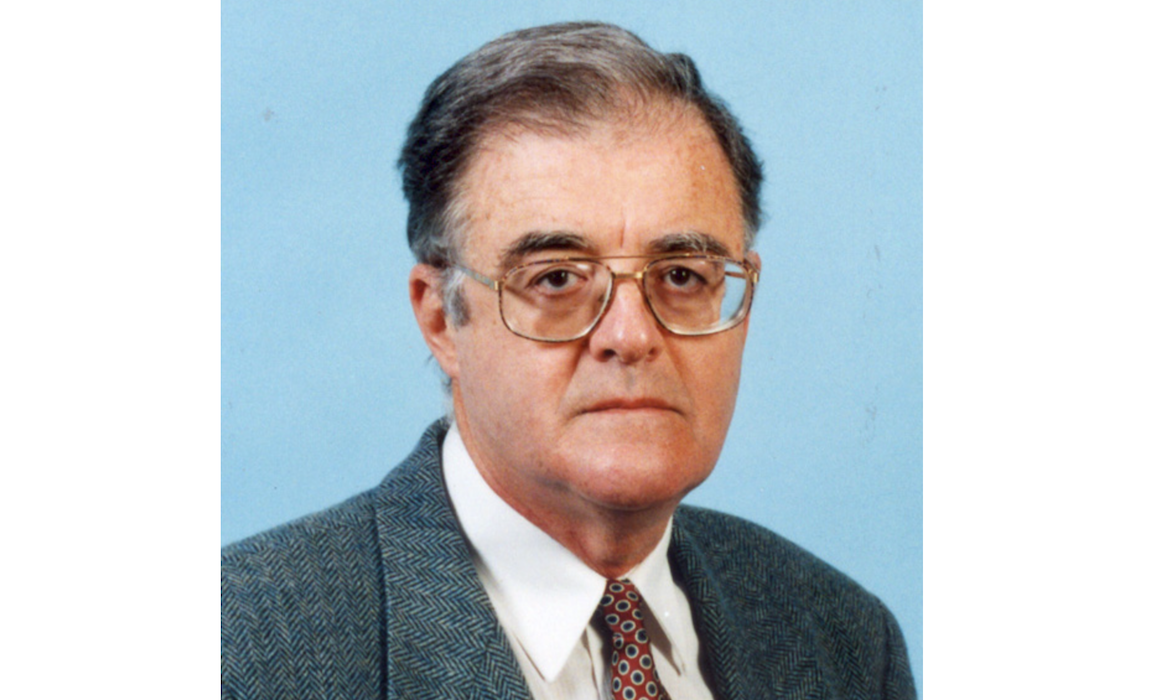When Ovadia Harari (z”l) ’64, M.Sc. ’67 immigrated from Egypt with his family as a youth, who could have imagined the trajectory his life would take, and the impact he would have on the State of Israel? From those humble beginnings, Mr. Harari went on to become one of the best aeronautical engineers Israel has ever produced, a longstanding luminary of its defense industry, and a dazzling example of leadership. His distinguished work allowed Israel to flourish on the ground and in the skies, and made possible a trail of firsts that advanced Israel’s aerospace capabilities to the loftiest levels.
His journey through the ranks of Israel’s aerospace industry is the stuff of legends. Mr. Harari first served in the Israeli air force, and his deep passion for aeronautical technologies drew him to Israel’s only Faculty of Aerospace Engineering at the Technion, where he earned both his bachelor’s and master’s degrees.
He was at the forefront of Israel’s defense industry, influential in the development of Israel Aircraft Industries (IAI) – of which he served as the executive vice president and chief operating officer for more than 35 years. With Mr. Harari leading the charge, IAI achieved numerous monumental advances, including entering the unmanned aerial vehicle (UAV) market in the 1970s with the development of the IAI Scout, earning $1.28 billion in sales by 1989, joining the space race in the 1990s, and more, laying the foundation for Israel’s dominance in the aerospace arena.
Under his visionary leadership, IAI also tested the Arrow 1, the first family of anti-ballistic missiles for a new defense mechanism to protect Israeli citizens, which became the world’s first operational defense system against aerial missiles in 2000. Since then, the Arrow system has been upgraded multiple times and continues to provide protection to the State, serving as a testament to Israel’s unwavering commitment to security.
The events of the Six Day War highlighted the need for Israel to develop its own combat aircrafts. In the crucible of conflict, Mr. Harari played a pivotal role in the first project to fill this gap, which made history for its creation of Israel’s first ever home-grown defense aircraft. Led by IAI, the team successfully produced the Kfir, an all-weather multirole fighter jet developed based on the French model Mirage 5. More than 220 of these aircrafts were built. Soon after, Mr. Harari was also instrumental in creating its successor.
In an effort to replace the Kfir models, Mr. Harari spearheaded the IAI Lavi project as its chief engineer. Launched in February 1980, the program aimed to create an aircraft to be used for the close air support (CAS) and battlefield air interdiction (BAI) mission with a secondary air-defense mission. The resulting aircraft was a single-engine fourth-generation multirole fighter jet, taking flight for its maiden voyage in 1986 – a technological marvel that showcased Israel’s prowess on the global stage.
Though the Lavi project was discontinued soon after, it illustrated IAI’s advanced capabilities, and much of the technological knowledge gathered during its development helped make Israel’s first satellite launch into space in 1988 possible. Mr. Harari’s imprint on Israel’s aerospace landscape was indelible, his contributions immortalized in history.
Upon retiring from the aeronautical industry after an illustrious tenure with IAI, Mr. Harari was appointed as a guest professor at the Technion, a member of the board of Rafael Advanced Defense Systems, and chairman of the committee of the Aeronautical and Space Sciences in Israel, where his wisdom continued to shape the future of Israel’s defense.
Mr. Harari received numerous awards honoring his unparalleled dedication and groundbreaking achievements, including the Israel Defense Prize in both 1969 and 1975, and the most prestigious distinction awarded by the State of Israel, the Israel Prize in 1987, for his contributions to the IAI Lavi project.
Photo credit: The Israel Society of Aeronautics and Astronautics
